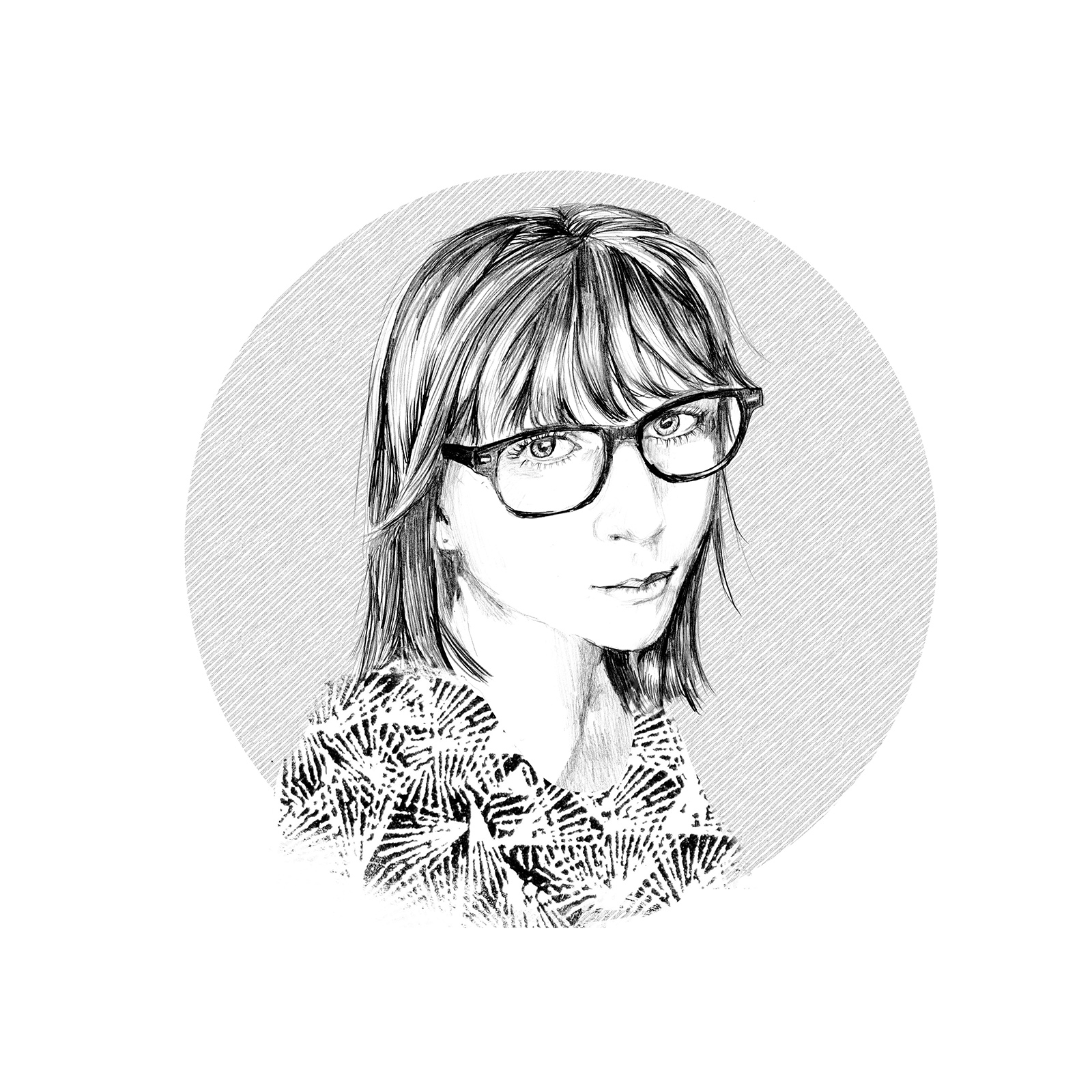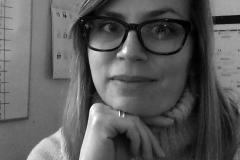Word from the Editor - The Education Issue
In 2018, education in the U.S. has some problems: teachers are underpaid, school districts are in debt, unable to buy basic supplies for students, pre-K and higher education costs are astronomical. Student debt is one of the defining crises of our times, one in which I participate. I’ll probably be paying off my loans until my kid, who will be born just as this issue hits your mailbox, enters college.
Claiming that ceramics is the answer to these problems is eye-roll-worthy, and arguing that it is a vital part of art education, or that art education is a vital part of education in general, would be preaching to the choir. But before you delve into these pages, let’s briefly examine why ceramics does play a role in improving the state of education and broaden our definition of education beyond formal settings, and even beyond mentorship, to include all experiences from which one learns, and in turn, creates.
Thirty years ago, The Studio Potter Foundation and New York University held a symposium, The Case for Clay in Secondary Art Education. Keynote speaker Edmund Burke Feldman addressed, rather prophetically, the importance of craft in art education and of the arts in education:
“Craft legitimizes and authenticates art because…it represents the crucial connection between art and society… First, bad craft discredits art. Second, discredited art discredits art education. Third, a discredited art education demoralizes and impoverishes students. Fourth, demoralized students make demoralized adults, irresponsible parents, bad workers and citizens, and uncongenial companions. Fifth, a society whose workers and citizens are demoralized is a failing society. In this context, a failing society means a society unable to compete in a worldwide economy; it means a reduced standard of living for most people; it means political instability and a great deal of personal suffering.”
Feldman made several more excellent points, but after the above statement, I imagine he could have dropped the mic, walked off the stage, and the scene would still have been pretty epic.
Learning how things are made and understanding well-made things inform how people value things in the world and the work that they do. Having these experiences early on increases the potential for appreciation and participation. My introduction to clay was a small summer program at the farm of Mr. Patterson, the fifth-grade teacher. We folded clay around a toilet paper tube and pinched the edges to make an owl, a project not unlike the one described in Jill Foote-Hutton’s article. Outreach programs in which professional artists visit schools that don’t have ceramics or art courses can sow the seeds for another generation of artists or patrons of the arts, seeds that may germinate five, ten, twenty years later.
Alternatives to formal education are plentiful, yet scarcely acknowledged and even more rarely celebrated. Several articles in this issue do just that: Self-taught artist Melissa Weiss shares her straightforward approach to creating her simple, yet sophisticated forms; Suzanne Staubach picked up a book, then hundreds more, as her pedagogical path; Eric Botbyl’s interns had mad clay skills after undergrad, but learned how to make a professional living using them under his mentorship; and Anthony Richards’s knowledge of and profound appreciation for ceramics began with a grateful Japanese mother whose children he tutored, and blossomed through his relationship with his sister-in-law, a Thai potter.
 Formal education is addressed in this issue, too. The unique perspectives of Bob Feder, founding trustee of The National K-12 Ceramics Exhibition Foundation, Inc., Sarah Truman, a high-school teacher in Gainsville, Florida, and Jillian Echlin, a PhD candidate studying in Iran, have improved and will continue to improve the state of education in our field and beyond.
Formal education is addressed in this issue, too. The unique perspectives of Bob Feder, founding trustee of The National K-12 Ceramics Exhibition Foundation, Inc., Sarah Truman, a high-school teacher in Gainsville, Florida, and Jillian Echlin, a PhD candidate studying in Iran, have improved and will continue to improve the state of education in our field and beyond.
- E.W.

